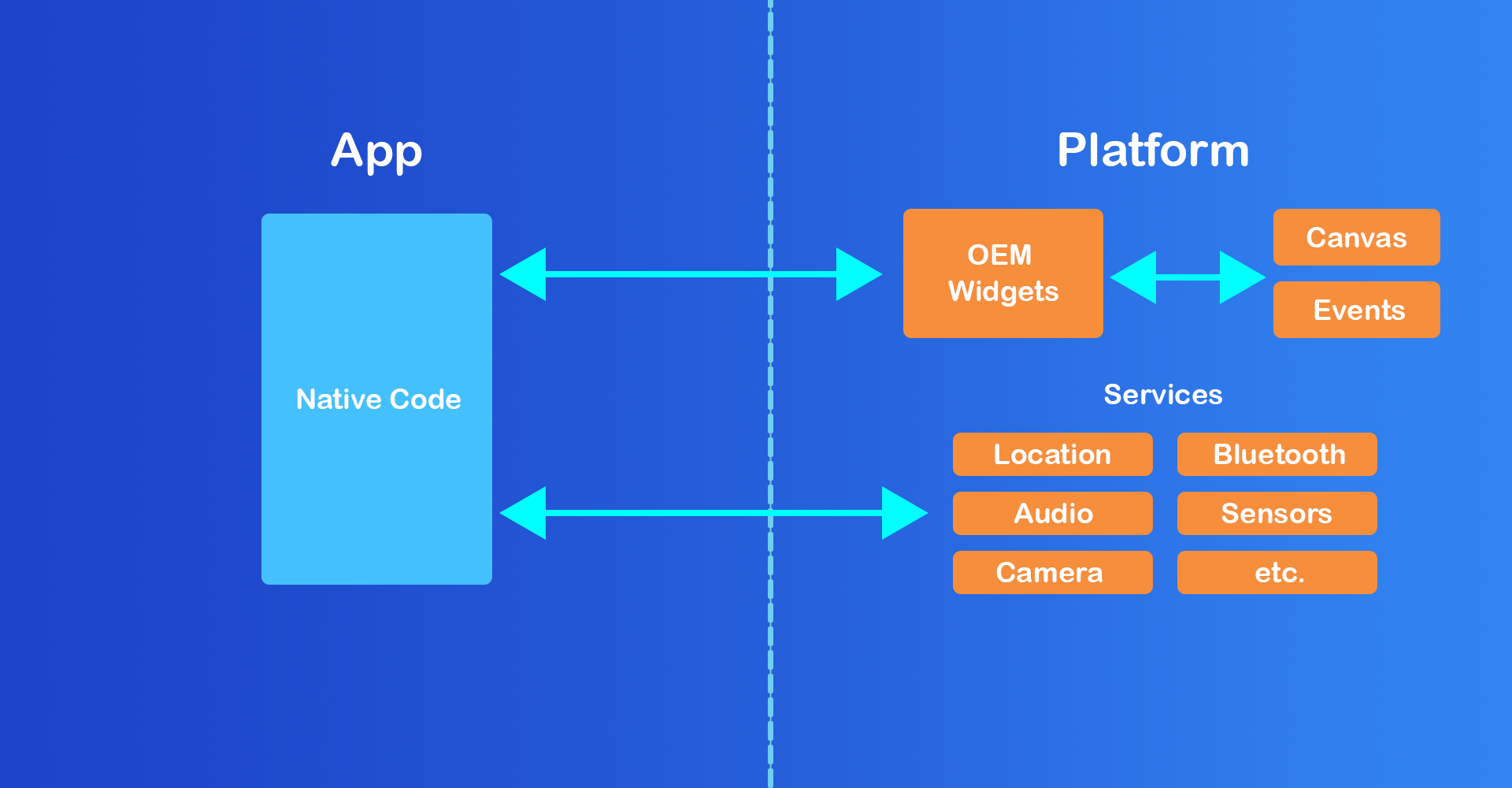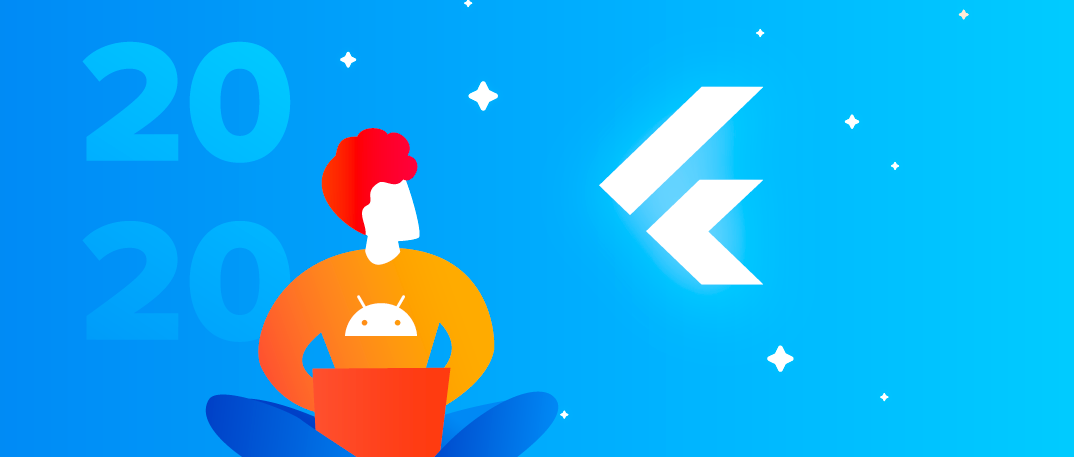Native Android has been in the market for a really long period of time. Also it is very stableand gives a great performance across various sizes of Android devices. So, why should you look at some cross-platform solution, like Flutter? Though native Android provides a satisfying performance, but it comes at a cost of huge amount of boilerplate code, which restricts the innovation and creativity of a developer. Let’s discuss it in more detail.
What is Flutter
On the official Flutter Website, Flutter is defined as the Google’s UI toolkit for building beautiful, natively compiled applications for mobile, web, and desktop from a single codebase.
On December 4, 2018, Flutter 1.0 was released at the Flutter Live event, denoting the first “stable” version of the Framework. Since then Flutter has improved a lot in terms of performance.
Recently, on December 11, 2019, Flutter Interact took place and it brought a number of improvements to the Framework with the introduction of Flutter 1.12.
A summary of all the announcements in Flutter Interact is available here.
In the initial phases, most of the developers were only designing prototype apps for their company with Flutter. But now, some of the well renowned companies have started using Flutter throughout their app.
You can explore the innovative apps created using Flutter by visiting their official Showcase webpage.
If you are an Android developer and want to try out Flutter, then there is a full documentation available, for helping you apply your existing Android knowledge in Flutter app development.
Overview of Flutter vs Native Android

At Google IO 19, Android officially became Kotlin first for developers, which focused on improvements in terms of code compactness and readability. Rather than introducing new features, Google mostly worked on improving the developer experience across Android Studio and it’s tools. Also, Google launched Jetpack Compose to enable developers to create declarative UI, which requires less code, and it provides powerful tools and intuitive Kotlin APIs.
The biggest advantage that Flutter gives in comparison to native Android is the cross-platform support, i.e., you can use the same codebase for different platforms like Android, iOS, Web, Desktop, etc.
But can it deliver the same performance and stability like native app does? When it comes to cross-platform this is the most important question that all developers have in their mind. So, let me say that cross-platform apps still might not be as stable as native apps nor it can give the same level of performance like native apps in certain situations. But in comparison to other cross-platform solutions, Flutter is able to bridge this gap to a large extent. And, now after so many years of improvements, Flutter is able to reduce this gap to such a extent, that you might never be able to tell the difference between a cross-platform and a native app running side-by-side.
Now, the question comes, how can a cross-platform app be as performant as a native app? This is due to the excellent architecture of Flutter Framework and due to the language used by Flutter, i.e., Dart.
Architecture
Native Apps
 Native Architecture
Native Architecture
In the native apps, whether it is Android or iOS, the native app code talks to the Platformto create OEM Widgets or for accessing various Services like audio, sensors, camera, etc. The widgets are rendered to a screen canvas, and events are passed back to the widgets. This architecture restricts the widgets to be reused across all platforms as they are OEM specific. And, this is the reason we have to write whole app for each platform separately.
Before moving on to Flutter, let’s checkout the architecture of another popular cross-platform solution, React Native
#android
